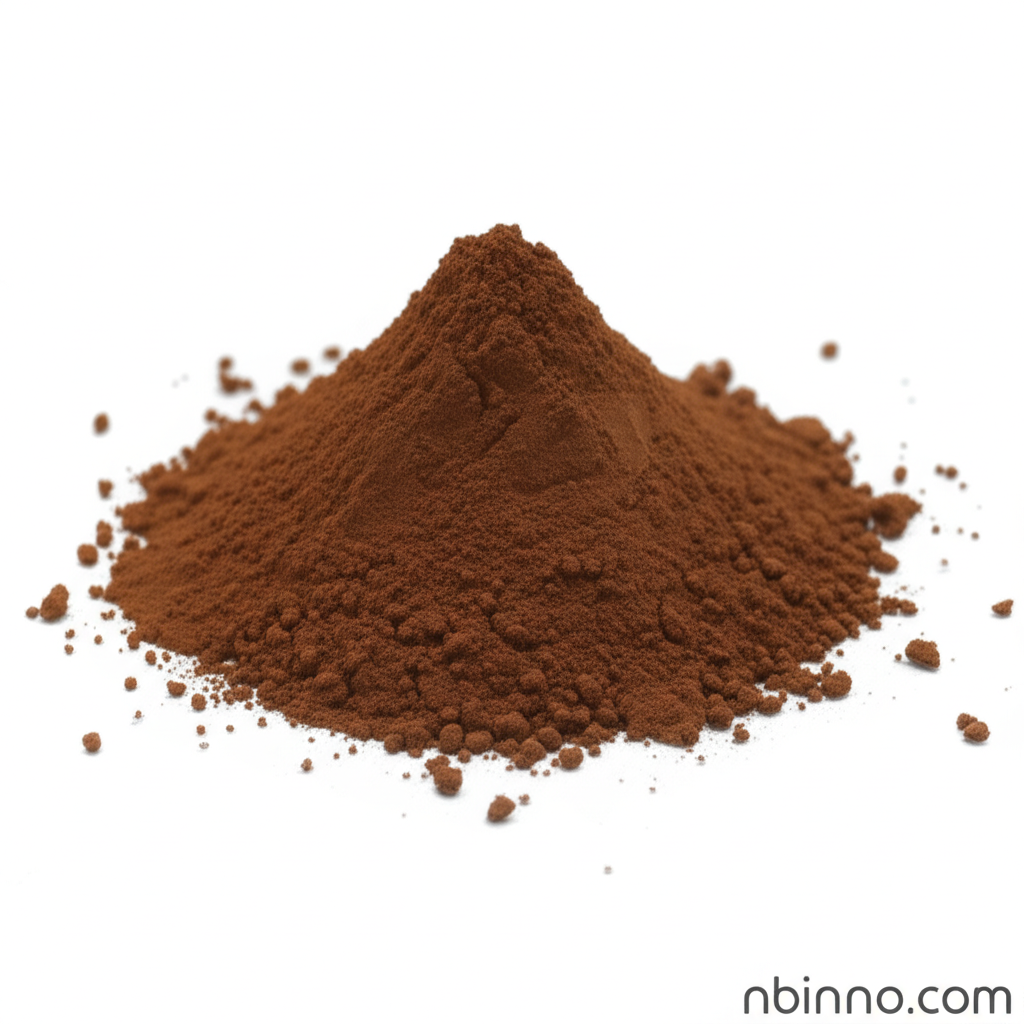Dispersant MF: High-Performance Methyl Naphthalene Sulfonate Formaldehyde for Diverse Industries
Unlock superior dispersion and stability across diverse industries with our advanced Methyl Naphthalene Sulfonate Formaldehyde, ensuring optimal performance and product quality.
Get a Quote & SampleProduct Core Value

Dispersant MF (Methyl Naphthalene Sulfonate Formaldehyde)
Dispersant MF, also known as Methyl Naphthalene Sulfonate Formaldehyde, is a versatile anionic surfactant crucial for achieving uniform particle distribution in various liquid systems. Its exceptional properties make it indispensable across multiple industrial applications.
- Good grinding efficiency: Improves pigment dispersion for brighter and more consistent colors, a key advantage of `dispersant mf for vat dyes`.
- Excellent thermal stability: Maintains performance under high temperatures, ensuring stability for `high temperature stable dispersing agent` applications.
- Resistant to acid, alkali, hard water: Offers robust performance in diverse chemical environments, crucial for its use as a `dispersing agent mf chemical properties`.
- Prevents clumping: Ensures stable mixtures in liquid solutions, benefiting processes like `concrete water reducer dispersant mf`.
Product Advantages
Enhanced Color Brilliance
Improves `textile dyeing chemicals` by ensuring even dye distribution, leading to brighter and more uniform colors.
Optimized Material Efficiency
Reduces waste and saves costs by preventing agglomeration in `pigment dispersion` and `concrete admixtures`.
Versatile Industrial Performance
Provides reliable functionality as a `rubber stabilizer` and `leather tanning aid` across challenging industrial conditions.
Key Applications
Textile Dyeing
Ensures `uniform coloring` and `color force increase` for vat and disperse dyes, enhancing fabric quality.
Leather Tanning
Acts as an `auxiliary tanning agent`, improving the penetration of chemicals and the overall quality of leather.
Rubber Industry
Functions as a `stabilizer for latex emulsions`, preventing clumping and improving manufacturing efficiency for rubber products.
Construction Industry
Serves as a `concrete water reducer`, enabling stronger, more durable concrete with reduced water content.
